The Critical Farm Equipment Replacement Parts You Need Before Harvest 2025

In this comprehensive guide, you'll discover the most essential farm equipment replacement parts to stock before harvest 2025 to avoid costly downtime and keep your operation running at peak performance. As the agricultural equipment parts market grows from $155.7B in 2023 to a projected $189.4B by 2030, rising global demand and ongoing supply chain issues - including shortages of steel, rubber, and microchips - put your machinery at risk. A single equipment failure during peak season can disrupt productivity, delay harvest, and reduce profitability. That’s why smart preventive maintenance and proactive farm machinery repair are more critical than ever. With proper compact tractor maintenance, farm equipment productivity can increase by up to 25%.
This guide covers the critical engine components, hydraulic parts, and worn-out attachments you must replace before harvest season. Plus, you’ll learn how to build a strategic parts inventory and sourcing plan to keep your farm running efficiently.
1. Engine, Hydraulic, and Electrical Parts You Must Replace Before Harvest
Keeping critical farm equipment replacement parts on hand ensures your operation runs smoothly through harvest season. The machinery components most prone to failure are often the ones directly exposed to harsh farming conditions, and planning ahead for these replacements is essential for preventing costly downtime.
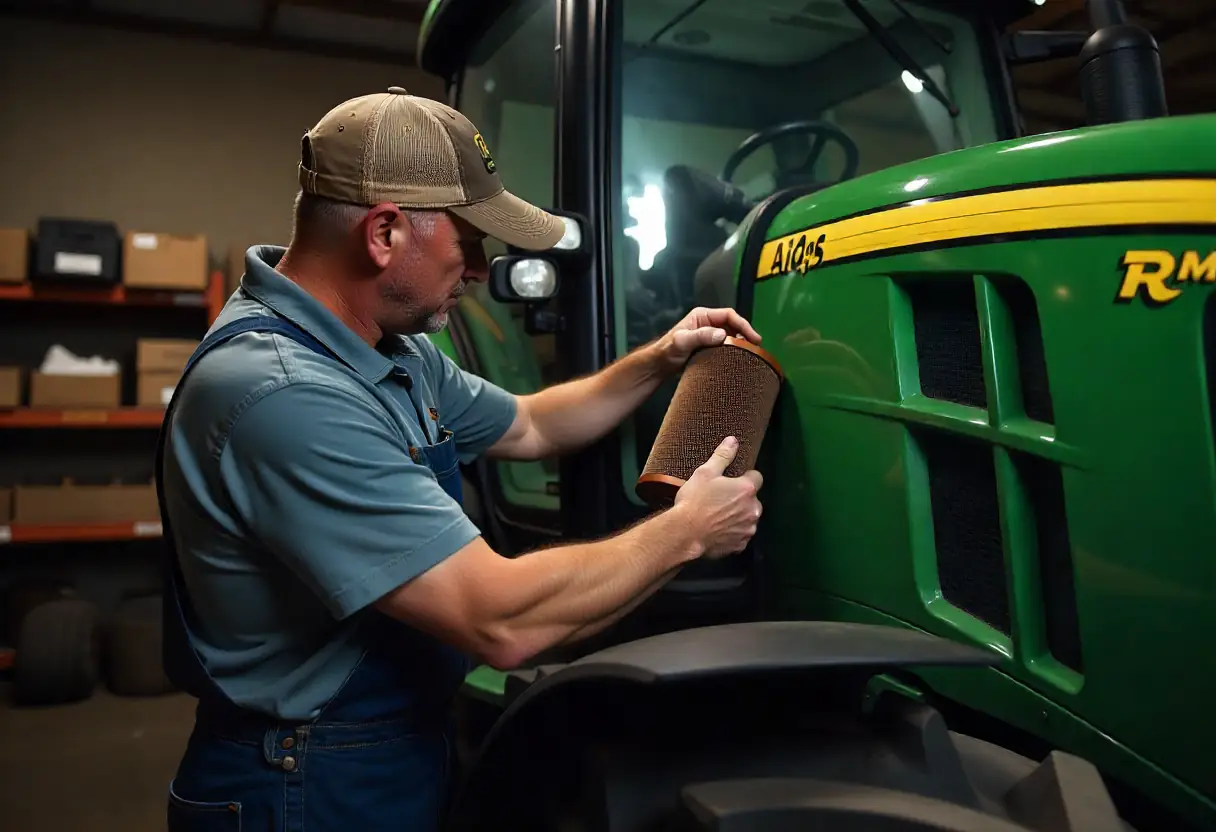
Air, oil, and fuel filters
These filtration components are your equipment's first line of defense against contaminants. When filters become clogged or damaged, your engine's efficiency suffers dramatically. Dull cutting components, for instance, might not effectively fracture soil or break up residue, leading to increased fuel consumption and potential downtime.
Regular replacement of air filters is particularly crucial in agricultural settings where dust is abundant. Some equipment owners attempt to extend filter life beyond recommended intervals - a decision that inevitably leads to costlier repairs down the line. Research shows that simply replacing dirty air filters improved tractor engine output by 3.5% on average, saving approximately 105 gallons of fuel annually for a 140-horsepower tractor.
Oil filters are equally important for maintaining engine health. Regular oil and filter changes are a cornerstone of preventative maintenance, helping to extend engine life and improve fuel efficiency.
Hydraulic hoses and seals
Hydraulic systems carry pressurized fluid to various components including lift arms, cylinders, and power steering units. These hoses operate under extreme conditions, frequently experiencing pressures up to 3,000 psi.
Most experts recommend replacing hoses every 5-7 years depending on use and environmental exposure. Warning signs that replacement is needed include:
- Cracks, cuts, or abrasions in the outer layer
- Wet spots indicating leaks near fittings
- Bulges or blisters showing internal damage
- Rust or corrosion around metal fittings
Regularly checking hydraulic fluid levels is also crucial for maintaining system integrity and preventing equipment failure.
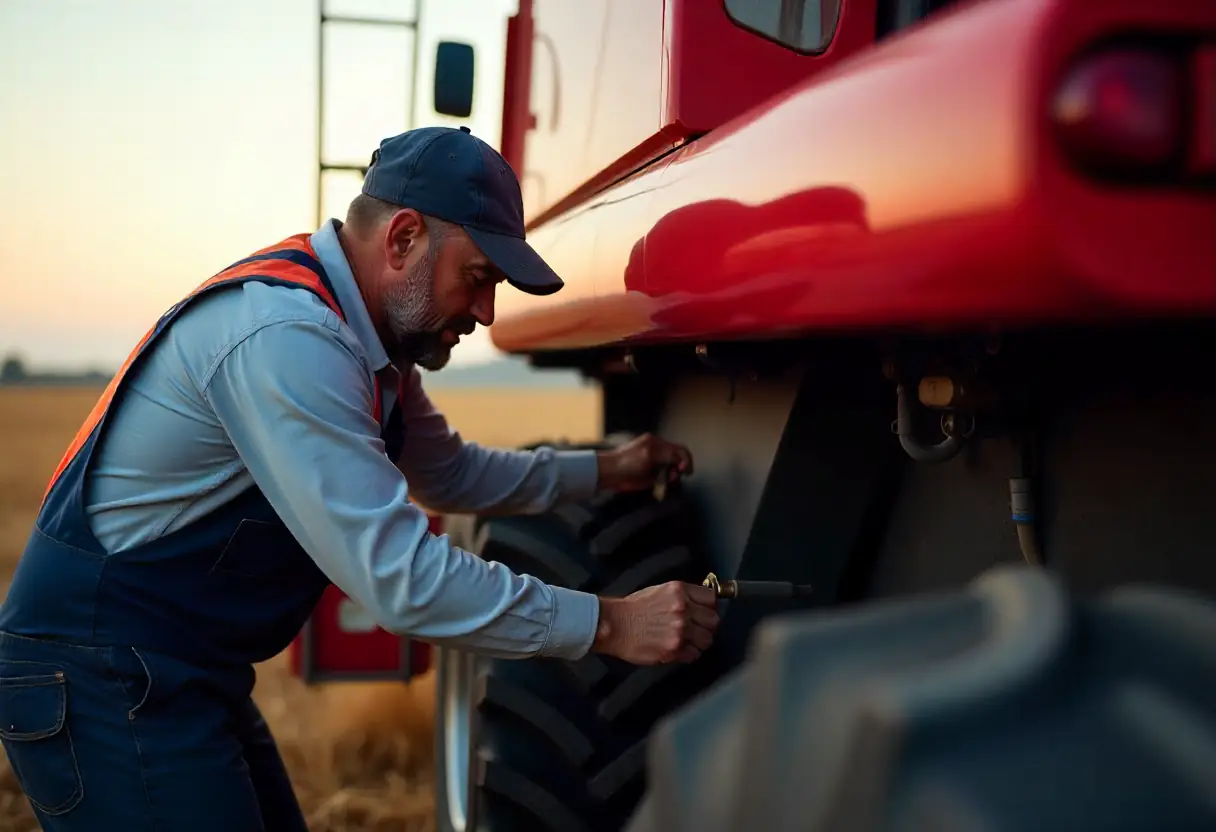
Batteries and alternators
A dead battery means your equipment won't operate - period. Before harvest, always check your battery to ensure it holds a charge and clean it to remove grease, dust, or corrosion for better connections.
Quality alternators from manufacturers like Delco Remy feature innovations such as over-crank protection and integral magnetic switches that reduce voltage drop and ensure the solenoid receives maximum available voltage in any starting condition.
Spark plugs and ignition components
Though diesel engines dominate farming operations, numerous gas power plants also require maintenance. Spark plugs endure severe temperature fluctuations, extreme pressures, and chemical attack from fuel components.
A properly operating engine should show spark plugs with a grayish-tan to white color. Warning signs requiring immediate replacement include charcoal tinting with gas dampness, black soot coverage, or cracked ceramics.

Pumps and injectors
These components are crucial for engine operation and directly impact machinery performance. Symptoms of failing injector pumps include loss of power, tachometer surging, difficulty climbing inclines, and white/blue smoke.
For reliable sourcing of these critical agricultural equipment parts, consider reaching out to MCH Parts for a free consultation on sourcing. Our expertise ensures you'll have the right components when you need them most, preventing costly downtime during harvest.
2. Worn-Out Attachments That Can Disrupt Harvest Operations
Properly functioning attachments are the workhorses of your harvest machinery. Unlike internal components, these tools make direct contact with crops and soil, consequently experiencing significant wear and tear throughout each season.
Blades and cutting tools
Dull or damaged cutting components significantly reduce harvest efficiency while increasing fuel consumption. The revolutionary Meg-Mo System offers an alternative to conventional blades, featuring a central steel disk with four fold-back cutting blades that eliminate extensive maintenance time. This system allows you to replace only the knives rather than entire blades, with replacement knives costing just $4.95 each. Furthermore, many farmers report that replacing bent or deformed bush hog blades dramatically improves performance, allowing operation at higher gear speeds even in tall grasses.
Tines, disks, and plowshares
Ground-engaging parts inevitably wear out and require regular replacement to ensure peak performance. Tines are crucial for breaking up soil, mixing nutrients, and preparing seedbeds for optimal crop yields. For rotary tillers, experts recommend replacing tine blades every 100-150 hours of operation, particularly in rocky or compacted soils. Similarly, high-speed tillage disks and vertical tillage blades wear quickly depending on your farm's soil types.
Baler belts and pickup teeth
Round balers are often the primary forage harvesting machines for many operations. Worn baler belts result in slower bale starts, damaged fasteners, and poor tracking. John Deere pickup teeth offer up to 47% greater wear life than competitive alternatives, featuring five coils versus the standard four. Meanwhile, the twine and net-cutting knives must be sharpened periodically to maintain performance - if removed for sharpening, keep the cutting surface straight while retaining the original bevel.

Header components for combines
Combine headers contain numerous wear components that require regular inspection:
- Gathering chains: Check tension and condition regularly
- Snapping rolls: Replace if rounded or not gripping effectively
- Cutter bar: Inspect knives and sickle sections for sharpness
- Reel fingers: Check daily during harvest and replace any missing or damaged fingers
Attachment replacement guide for peak season
Timing replacements before peak season prevents costly downtime. Case IH recommends staying sharp with new cutting parts and replacing worn guards, pins, and other wear parts before harvest begins. Regularly check for signs of wear in seed disks - replace after a half-inch of wear to maintain depth and blade sharpness.
Prevent harvest disruptions by securing quality replacement attachments now. Contact MCH Parts today for a free quote on essential attachment replacements that will keep your operation running smoothly through the critical harvest period.
3. How to Build a Smart Inventory of Replacement Parts
Strategic inventory management prevents costly downtime during harvest season. Building an effective replacement parts inventory requires methodical planning rather than guesswork. Implementing a maintenance management system can significantly streamline this process.
Identify high-risk components
Start with a comprehensive criticality analysis of your farm equipment. Form a cross-functional team including operations, maintenance, and safety personnel to evaluate each component based on operation impact, procurement lead time, and historical failure rates. Components that would completely halt production or create significant safety hazards should top your priority list. This systematic approach helps you focus resources on truly essential agricultural machinery parts.
Use failure history and lead time to prioritize
Maintenance history provides invaluable insights for inventory planning. According to data, equipment maintenance records help you predict when parts might break and what items need replacement. For example, if your records show air handlers break down more frequently during summer, you should stock up on AC parts by late spring. Moreover, components with longer lead times deserve higher priority in your inventory strategy, regardless of their failure frequency.
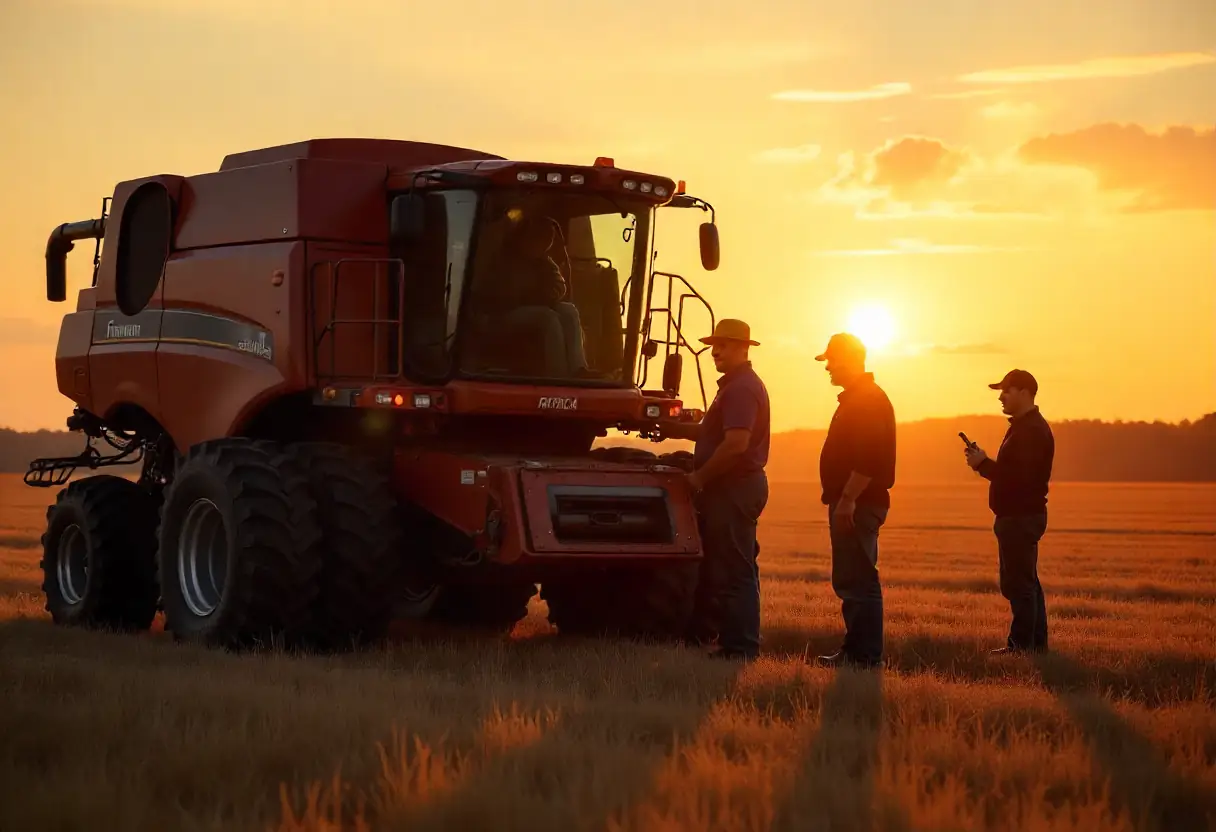
Set reorder points and safety stock levels
The reorder point formula ensures you never run out of critical farm equipment replacement parts: ROP = (Daily usage × Lead time days) + Safety stock
This calculation determines exactly when to place a new order based on your typical usage and supplier delivery time. Additionally, implementing the Economic Order Quantity (EOQ) model helps balance ordering costs with inventory expenses: EOQ = √(2DS/H). For instance, with annual demand of 1,000 units, ordering cost of $500, and holding cost of $20 per unit, you'd optimally order 71 units each time.
Organize storage for quick access
Proper storage protects your investment in agricultural machinery parts. Store components in clean, dry environments to prevent corrosion. Implement organized storage systems with clearly labeled bins and shelves. Modern vertical storage solutions can reduce required floor space by up to 90% compared to traditional shelving while improving inventory accessibility.
Need help identifying critical farm equipment parts and building an effective inventory strategy? Contact MCH Parts today for a free sourcing consultation and quote to ensure your operation stays running smoothly throughout harvest season.
4. Sourcing Strategies to Prevent Equipment Downtime
Finding reliable sources for farm equipment replacement parts can safeguard your harvest operations from unexpected downtime. A strategic approach to sourcing ensures critical components arrive when needed most.
Evaluate supplier reliability and delivery speed
Assessing potential suppliers requires thorough research beyond price comparisons. Begin by examining their credibility and reputation in the agricultural industry. Reliable suppliers maintain excellent after-sales support, including spare parts availability and maintenance services. Additionally, evaluate their proximity to your farm - closer service centers typically provide quicker response times during emergencies. Check if suppliers stock parts in local warehouses, as this directly affects replacement speed when equipment fails.
Negotiate better terms for critical parts
Establishing strong relationships with suppliers yields benefits beyond competitive pricing. Indeed, friendly connections often result in suppliers notifying you about upcoming sales or reserving scarce parts before they sell out. Instead of viewing negotiations as confrontational, approach them as mutually beneficial conversations. Consider offering volume commitments or early payment arrangements in exchange for priority access during peak seasons.
Create a backup supplier network
Relying on a single source creates substantial vulnerability in your farm operations. In fact, 83% of manufacturers now seek multiple suppliers for critical components due to recent supply chain disruptions. Develop contingency plans for high-risk scenarios by identifying backup suppliers for essential parts. This diversification not only provides flexibility during unexpected events but often creates healthy competition resulting in better service. Effective vendor management is crucial for maintaining a robust supplier network.

Use digital tools to track part availability
Modern inventory management requires digital solutions for optimal efficiency. Farm equipment maintenance software helps reduce equipment downtime through proactive maintenance planning. These digital tools allow you to:
- Generate purchase orders automatically
- Track parts movement across multiple locations
- Monitor usage history for better forecasting
- Scan QR codes for quick data entry
Many farmers report that digital tracking reduces inventory discrepancies by up to 95% compared to manual methods.
Conclusion
Preparing your farm equipment for harvest 2025 demands proactive planning, smart inventory management, and a solid preventive maintenance strategy. Stocking critical replacement parts - from engine filters and hydraulic hoses to electrical components and worn-out attachments like blades, tines, and baler belts—is essential to avoid costly downtime during peak season. A well-organized inventory built on failure history, lead times, and clear reorder points transforms your approach from reactive repairs to reliable, farm equipment uptime. Strengthen your sourcing strategy with multiple suppliers, negotiated terms, and digital tracking tools to protect against supply chain disruptions. The agricultural equipment parts market is growing, but so are the risks - preparation gives you a competitive edge. With proper maintenance programs, regular inspections, and strategic parts planning, you safeguard your equipment investment and ensure top performance during both planting and harvest seasons.
Ensure your operation is ready for peak season - partner with MCH Parts to secure the right components, streamline your inventory, and avoid costly downtime.
Visit MCH Parts today to schedule a free consultation and build a custom replacement strategy tailored to your harvest timeline.
Key Takeaways
Preparing for harvest 2025 requires strategic planning for critical farm equipment replacement parts to prevent costly downtime during peak season.
• Stock essential engine components (filters, hydraulic hoses, batteries) before harvest - dirty air filters alone can reduce engine output by 3.5%
• Replace worn attachments like blades and baler belts proactively - dull cutting tools increase fuel consumption and reduce harvest efficiency significantly
• Build smart inventory using failure history and lead times with reorder point formula: (Daily usage × Lead time) + Safety stock
• Develop multiple supplier relationships and use digital tracking tools - 83% of manufacturers now seek backup suppliers for critical components
• Implement proactive maintenance over reactive repairs - proper maintenance can increase farm equipment productivity by up to 25%
Strategic parts management transforms your operation from reactive emergency repairs to proactive maintenance, ensuring your substantial equipment investment delivers maximum returns throughout harvest season and beyond.
FAQs
Q1. What are the most critical replacement parts for farm equipment before harvest? The most critical replacement parts include air, oil, and fuel filters; hydraulic hoses and seals; batteries and alternators; spark plugs and ignition components; and pumps and injectors. Regular replacement of these parts can significantly improve equipment performance and prevent costly breakdowns during harvest.
Q2. How often should farm equipment attachments be replaced? The frequency of attachment replacement depends on usage and conditions. For example, tine blades on rotary tillers should be replaced every 100-150 hours of operation, especially in rocky or compacted soils. Baler belts, header components, and cutting tools should be inspected regularly and replaced when signs of wear are evident to maintain peak performance.
Q3. What's the best way to manage inventory for farm equipment parts? To manage inventory effectively, identify high-risk components, use failure history and lead times to prioritize, set reorder points and safety stock levels, and organize storage for quick access. Implementing digital tools for tracking part availability can also significantly reduce inventory discrepancies and improve overall management.
Q4. How can farmers ensure reliable sourcing of equipment parts? Farmers can ensure reliable sourcing by evaluating supplier reliability and delivery speed, negotiating better terms for critical parts, creating a backup supplier network, and using digital tools to track part availability. Developing relationships with multiple suppliers can provide flexibility and often results in better service and pricing.
Q5. What impact does regular maintenance have on farm equipment productivity? Regular maintenance can increase farm equipment productivity by up to 25%. This includes timely replacement of worn parts, proper lubrication, and addressing potential issues before they lead to breakdowns. Proactive maintenance not only extends equipment lifespan but also reduces downtime and repair costs, directly impacting overall farm productivity and profitability.
Read More

Seeder Bearing Parts Sourcing Guide: Critical Components & Strategy
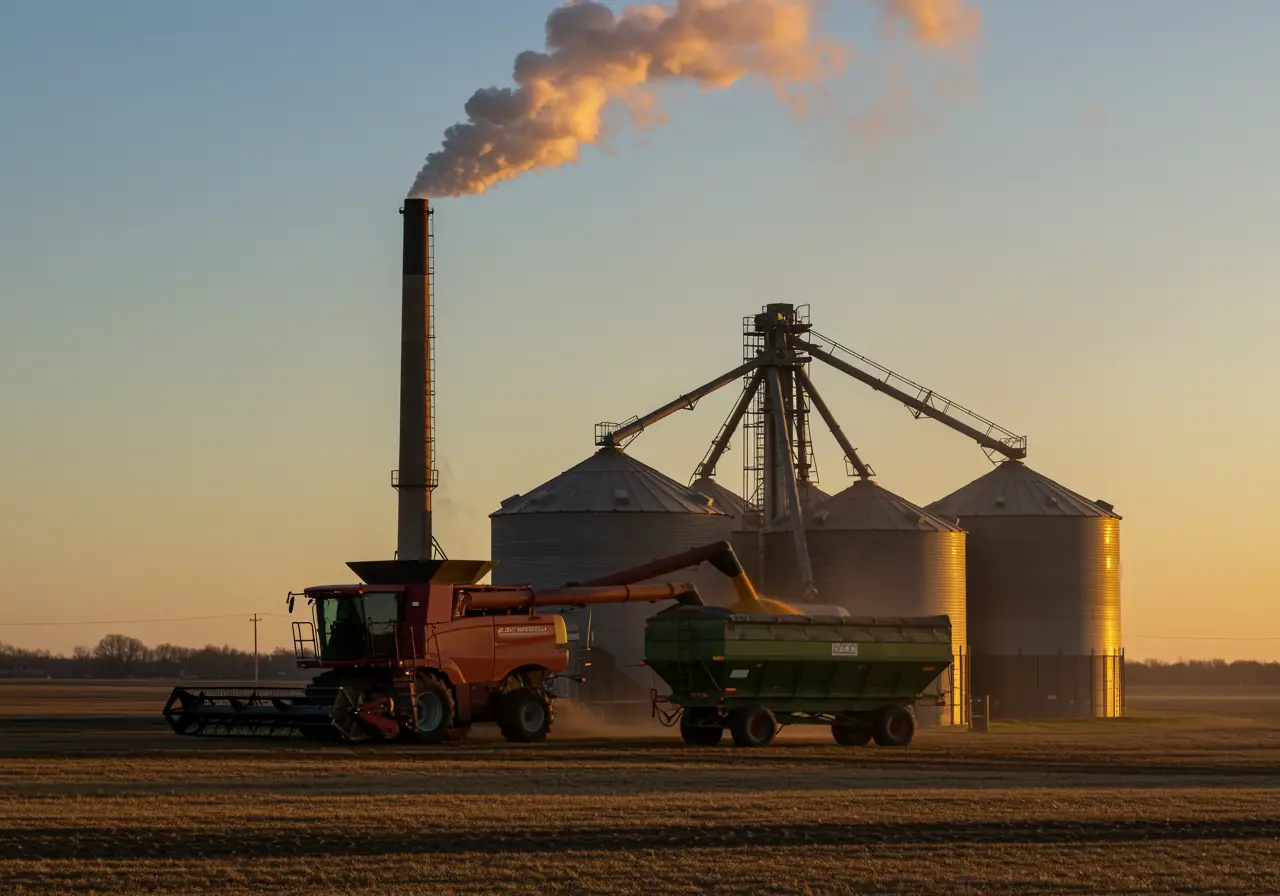
Downtime Prevention Through Smart Inventory for Grain Dryers
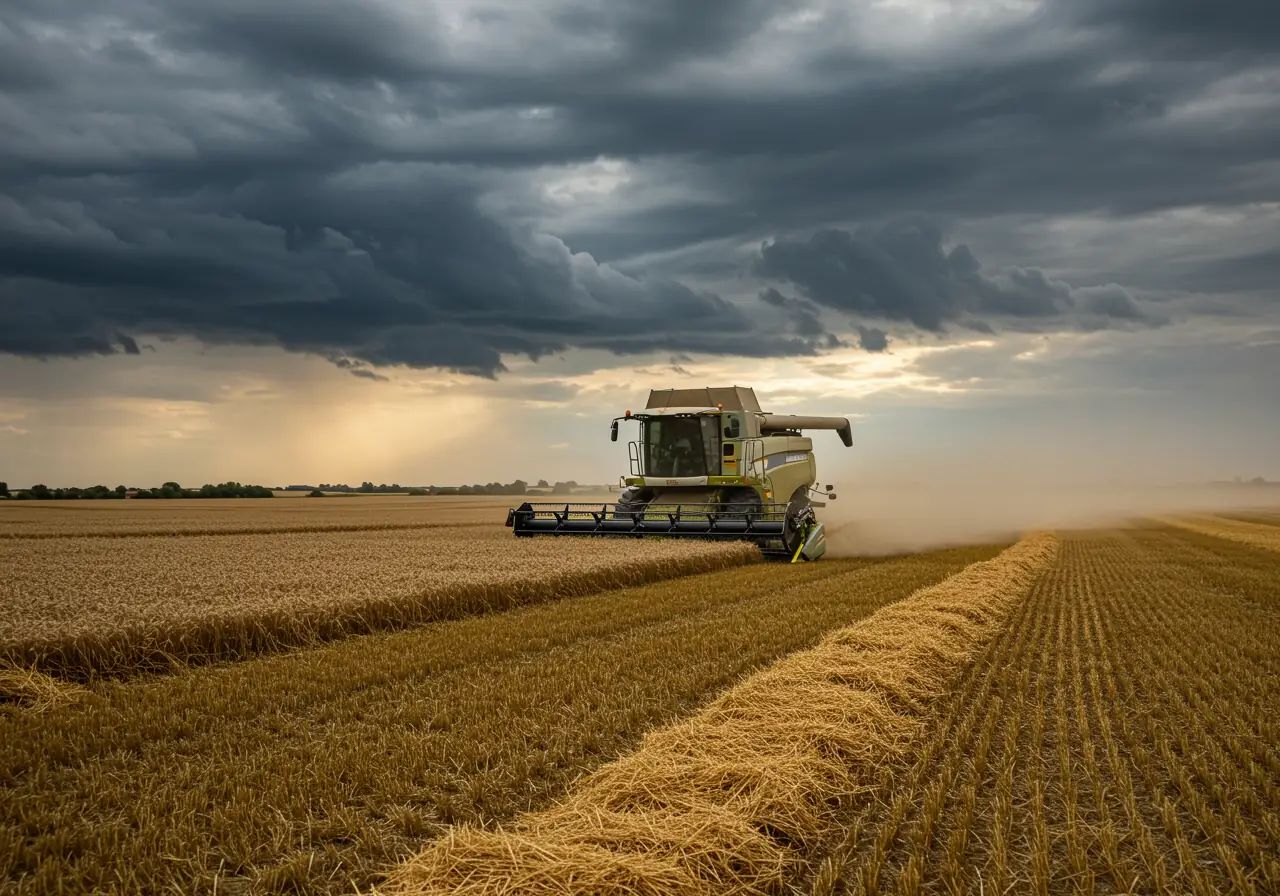
Combine Harvester Breakdown Prevention Guide: Predictive Analytics for Zero Downtime
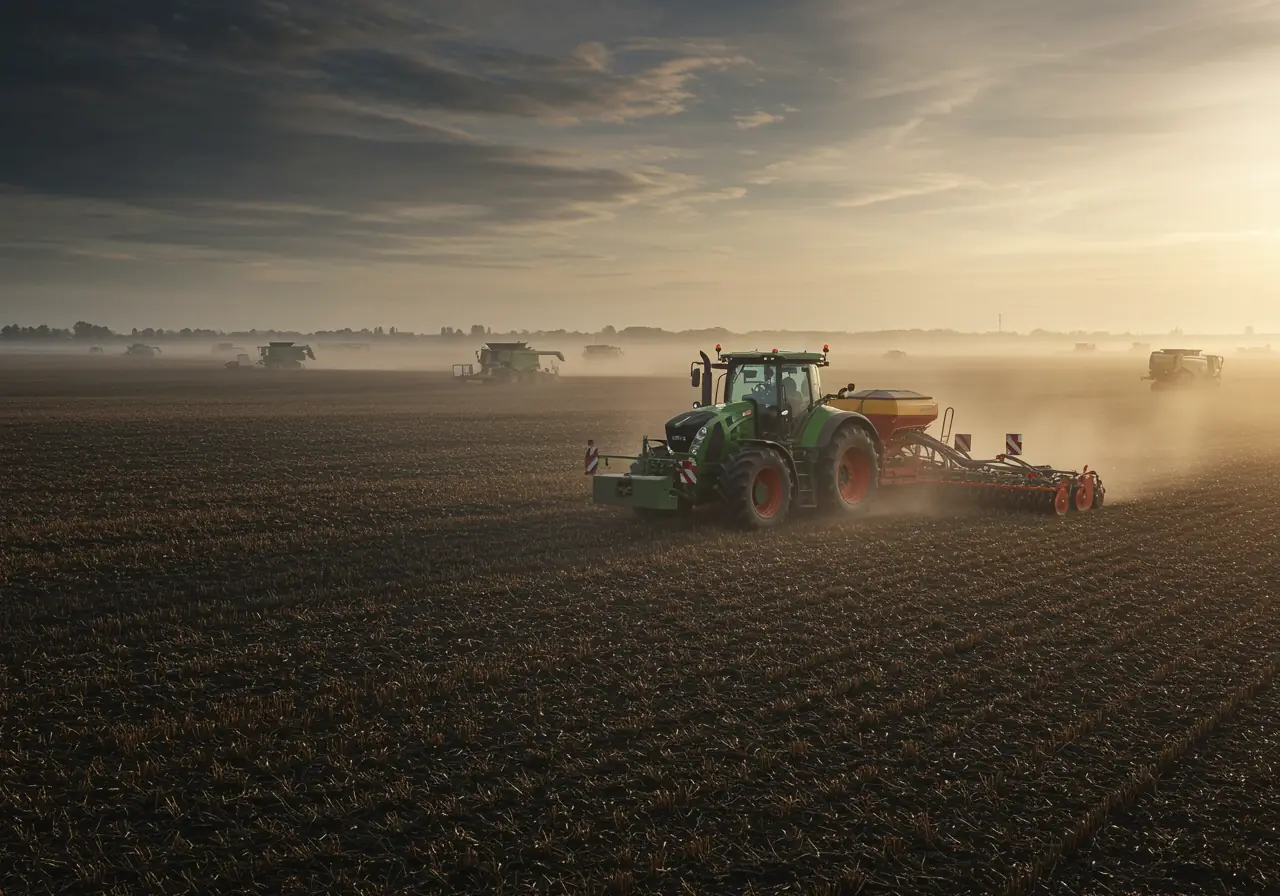
Master Global Agricultural Parts Delivery | Mid-Season MRO Guide

Fixing Haul Truck Downtime Issues: Remote Parts Strategy Guide 2025

Blasting Equipment Safety Compliance: Must-Know Audit Requirements for 2025

The Step-by-Step Guide to Global Drill Rig Consumables Sourcing

Mining Conveyor Maintenance Guide: Detecting Hidden Risks in Underground Systems
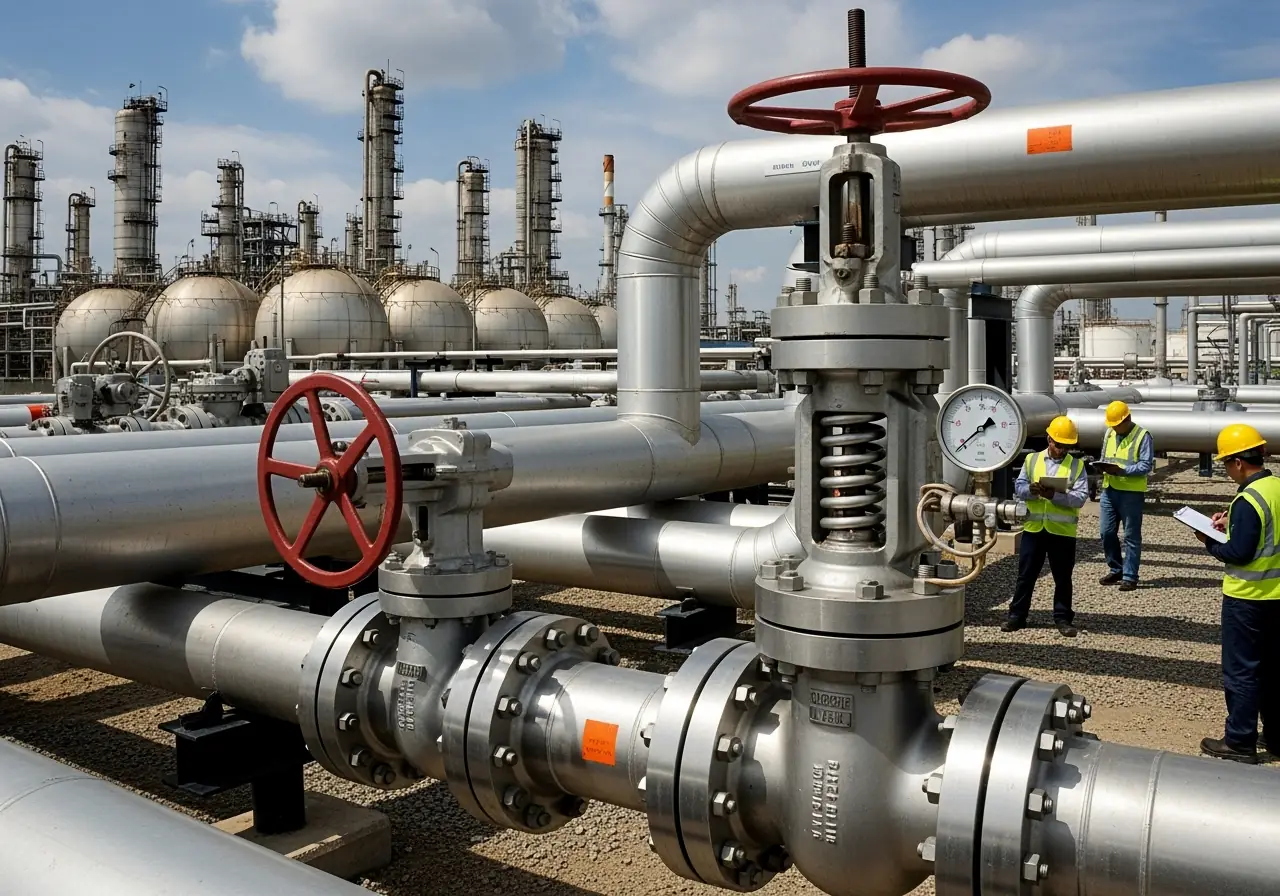
Best Practices for Certified Pipeline Valve Selection: From Specs to Installation

Optimizing Oil Rig PPE Delivery: Proven Strategies That Saved $2M Annually

FPSO Smart Parts Planning: Proven Methods to Cut Downtime

How FPSO Inspection Prevents Million-Dollar Shutdown Losses
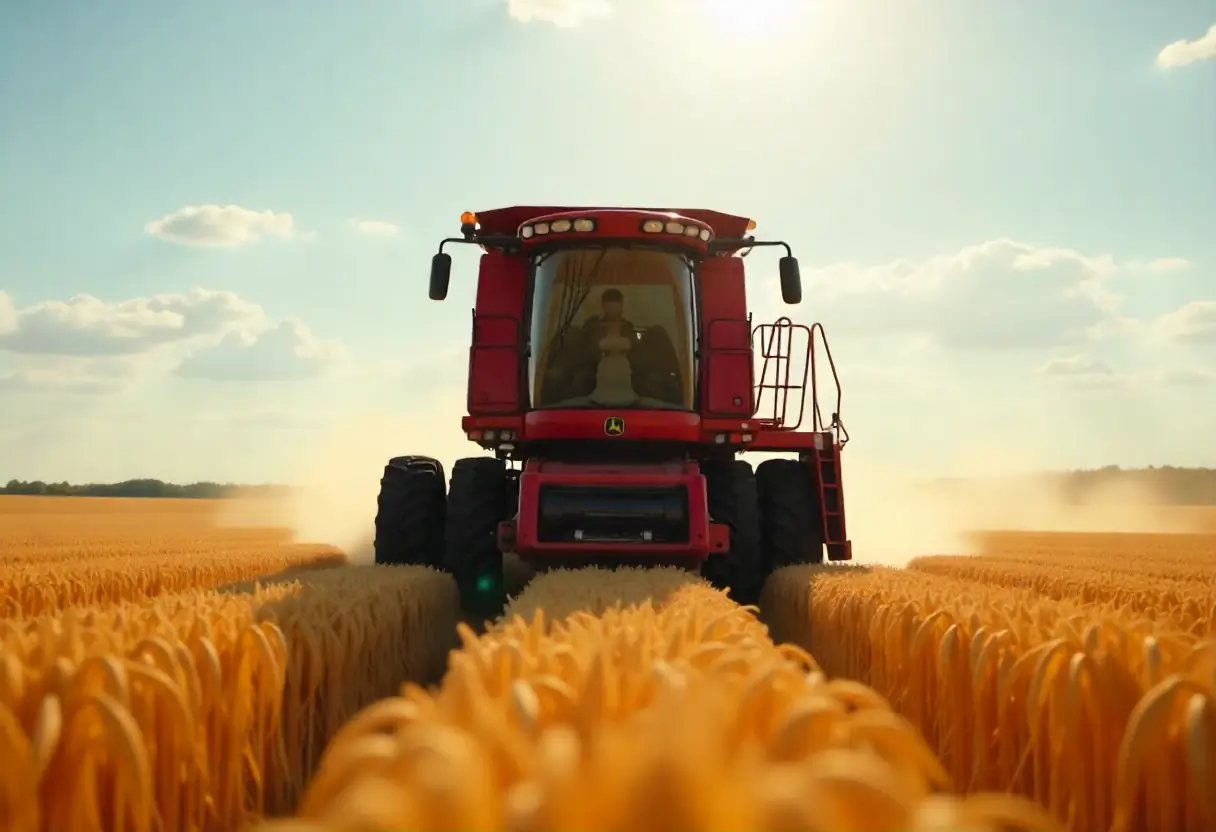
Fix It Before It Breaks: A Farmer's Guide to Combine and Harvester Maintenance

Why Fast Tractor Parts Delivery is Changing Modern Farming [2025 Guide]

The Critical Farm Equipment Replacement Parts You Need Before Harvest 2025
.webp)
How to Double Your Farm Efficiency: Expert Guide to Smart Scaling

Cut Costs by 30%: Pre-Season Spare Parts Audit Checklist

Proven Success Factors for Agricultural Equipment Manufacturers in 2025
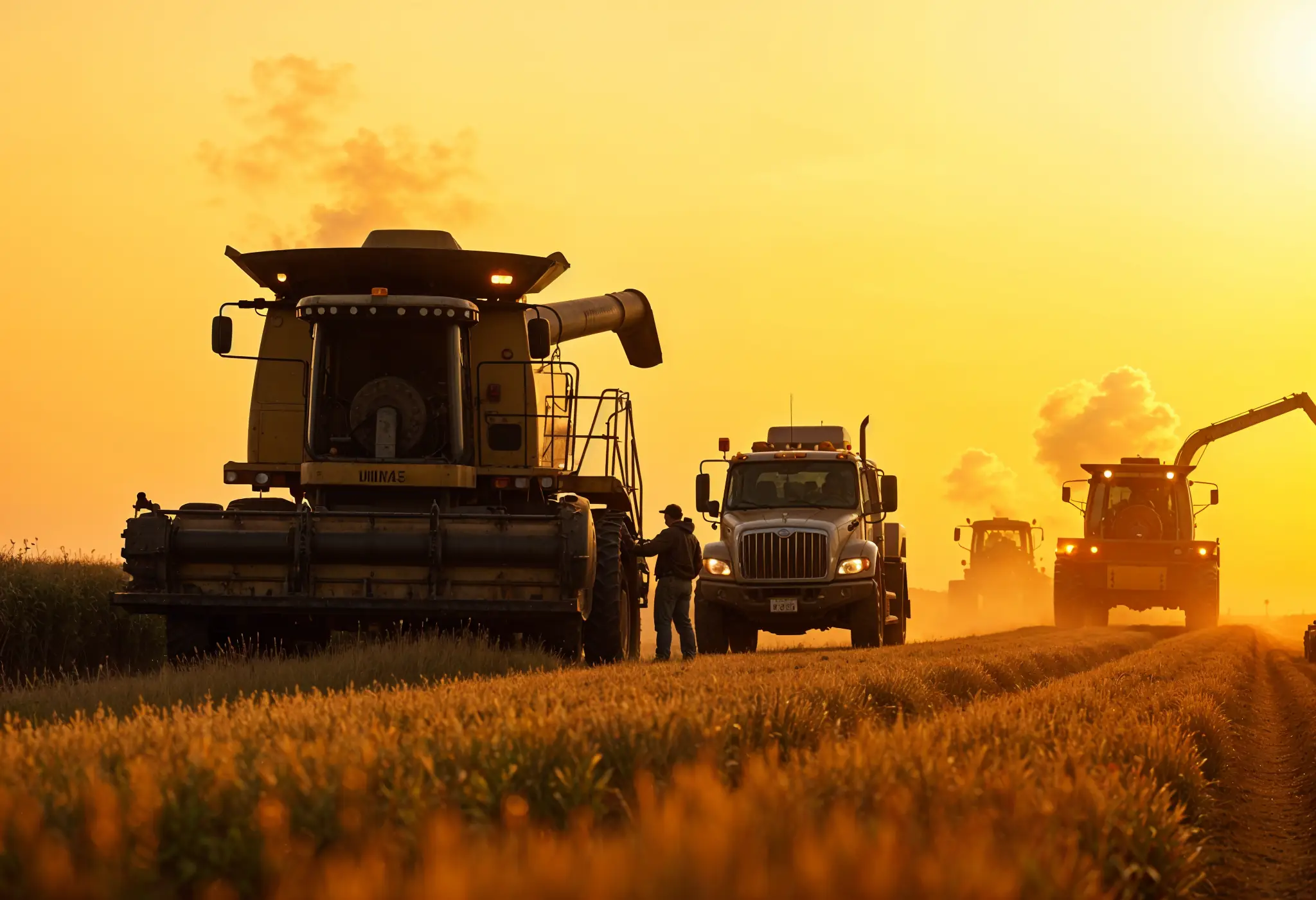
13 Overlooked Farm Spare Parts That Halt Operations — Pt. 2
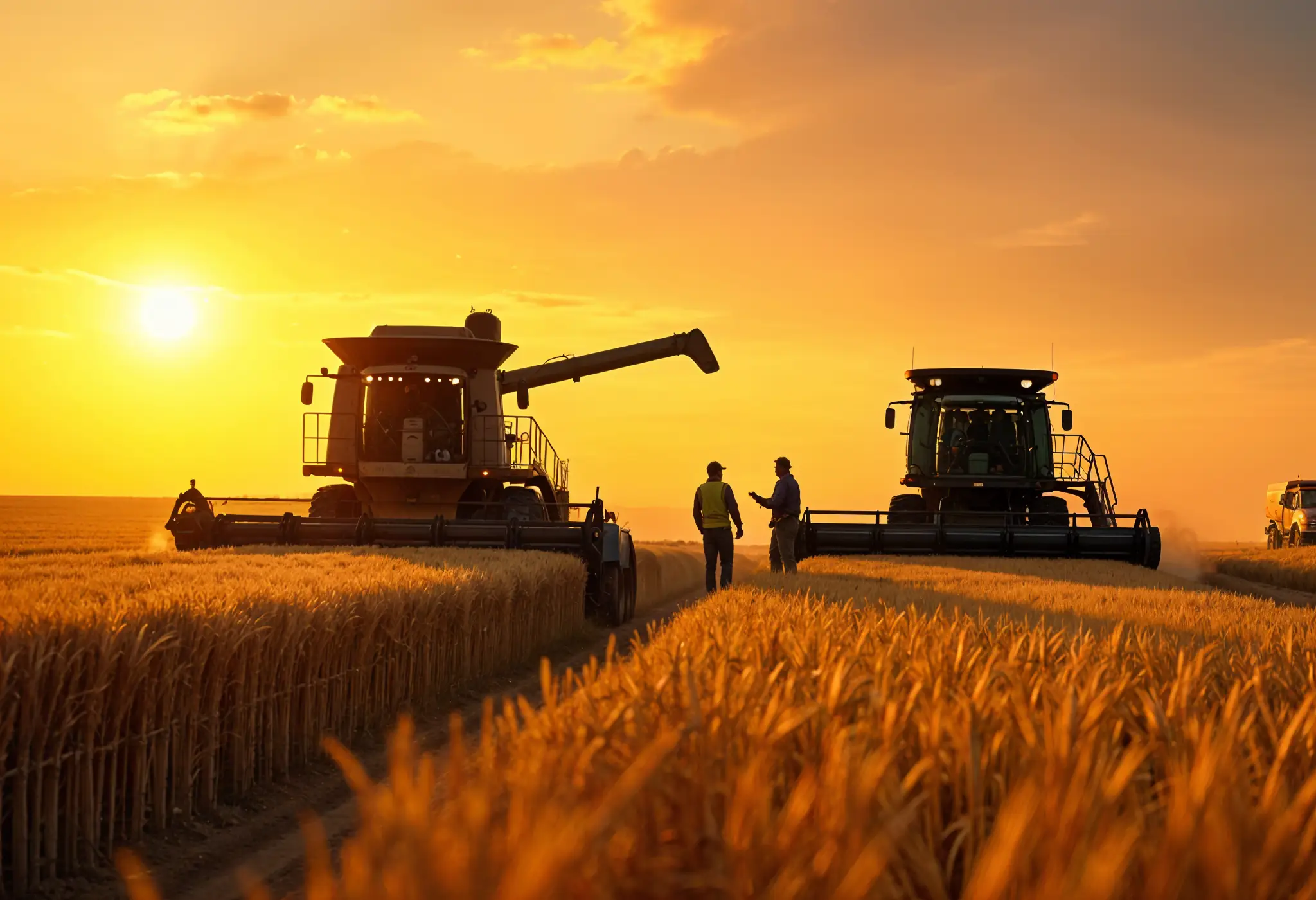
13 Overlooked Farm Spare Parts That Halt Operations — Pt. 1
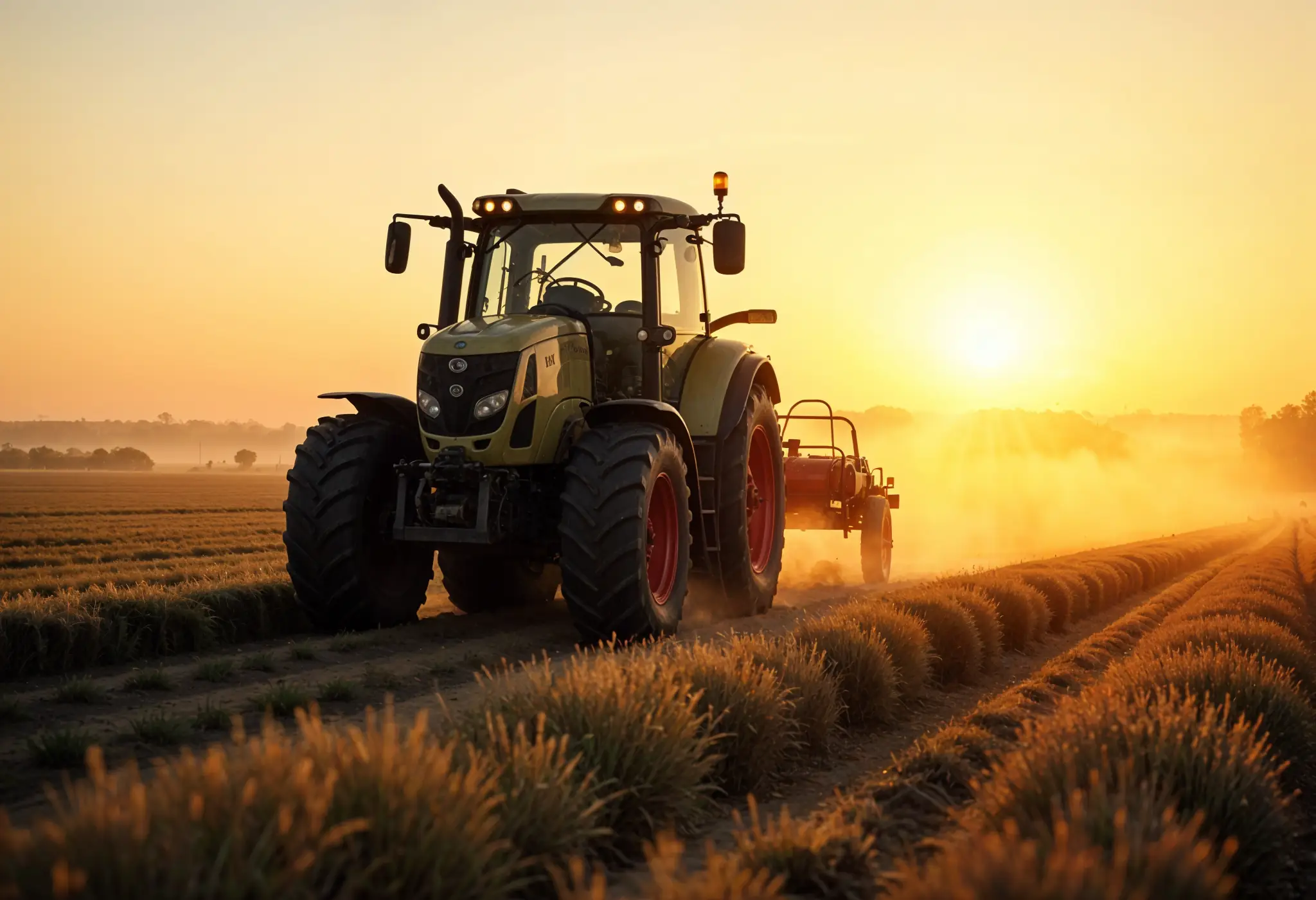
Top Hydraulic Components for Agricultural Equipment in 2025: Complete Guide
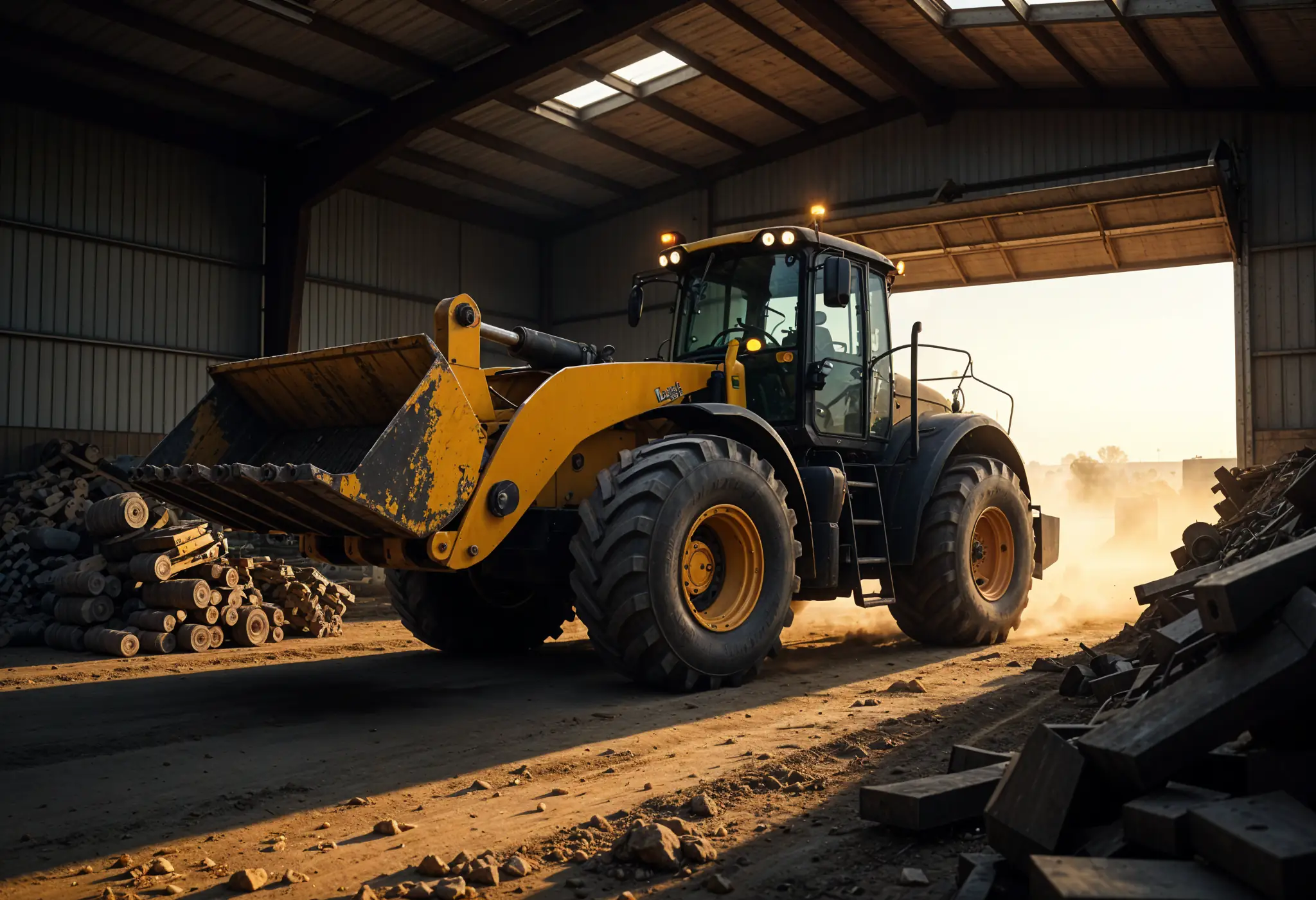
The Essential Farm Equipment Parts You Can't Afford to Run Out Of
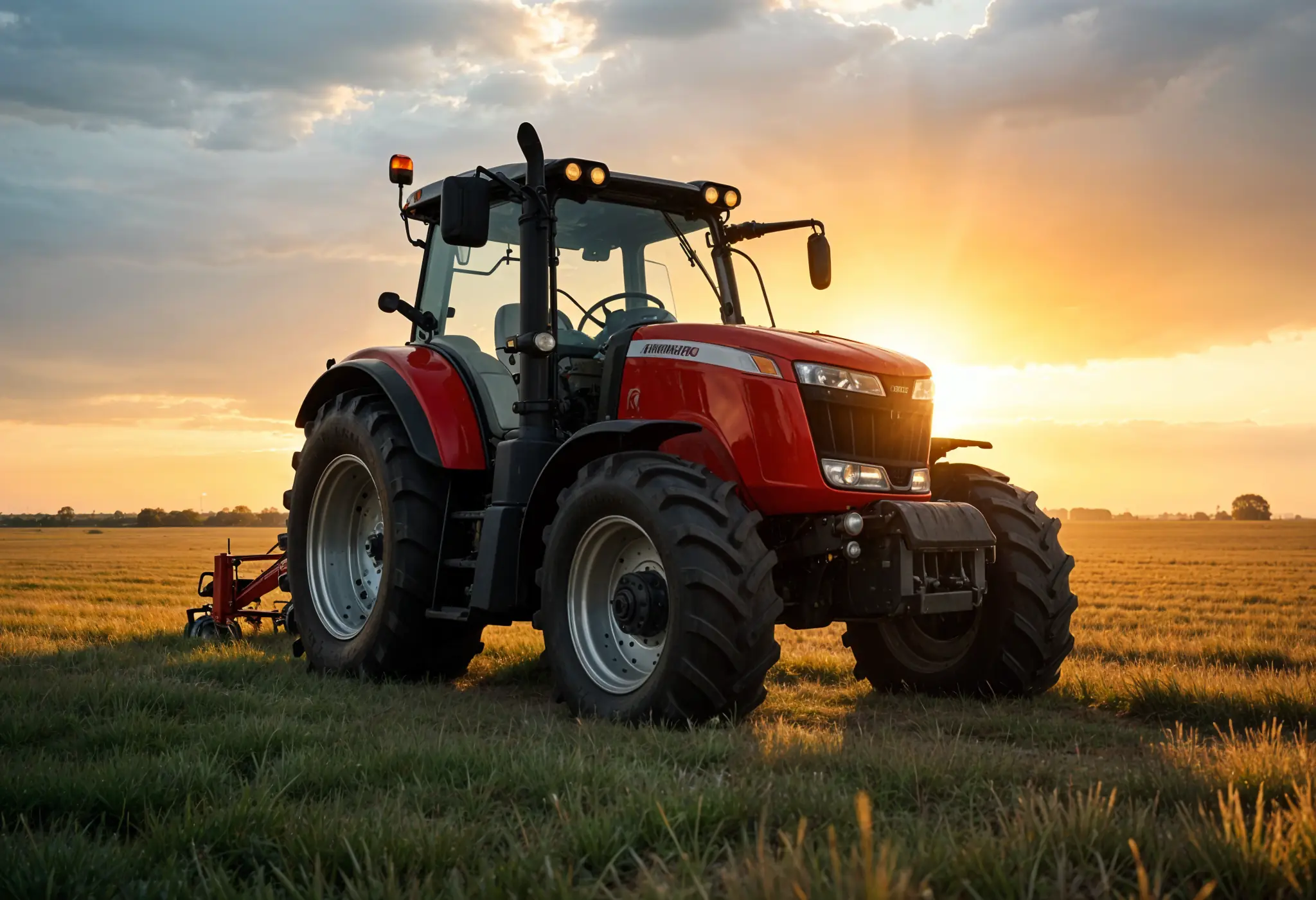
How to Service Farm Equipment: A Farmer's Guide to Zero Harvest Downtime
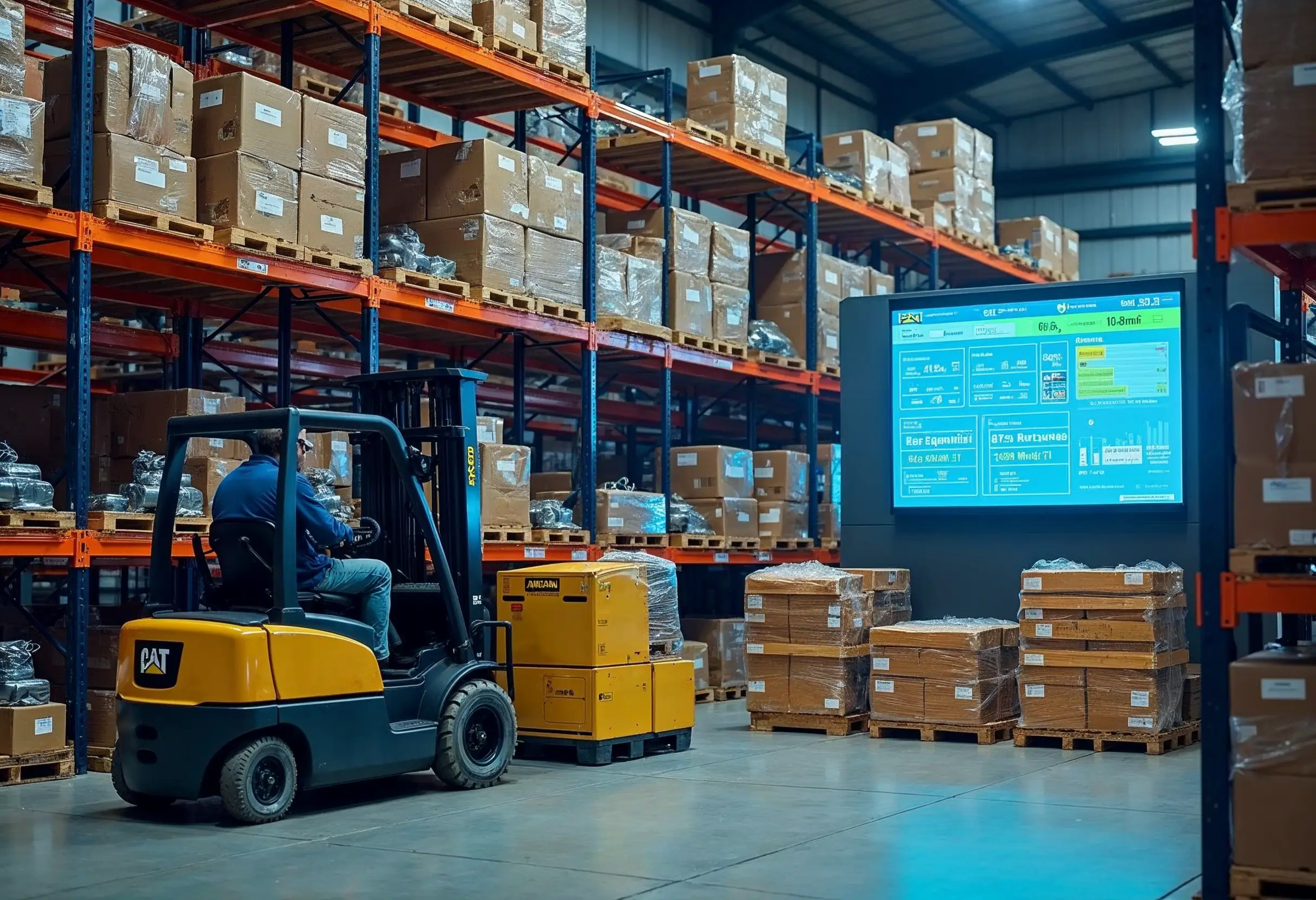
Construction Machinery Parts Suppliers: Expert Selection Guide

How to Apply Machine Safety Rules: From Selection to Installation

Smart Diagnostics Cut Heavy Equipment Failures by 73%

5 Ways to Assess the Environmental Impact of Heavy Construction Machinery

10 Smart Ways to Pick Construction Machinery for 2025 Projects
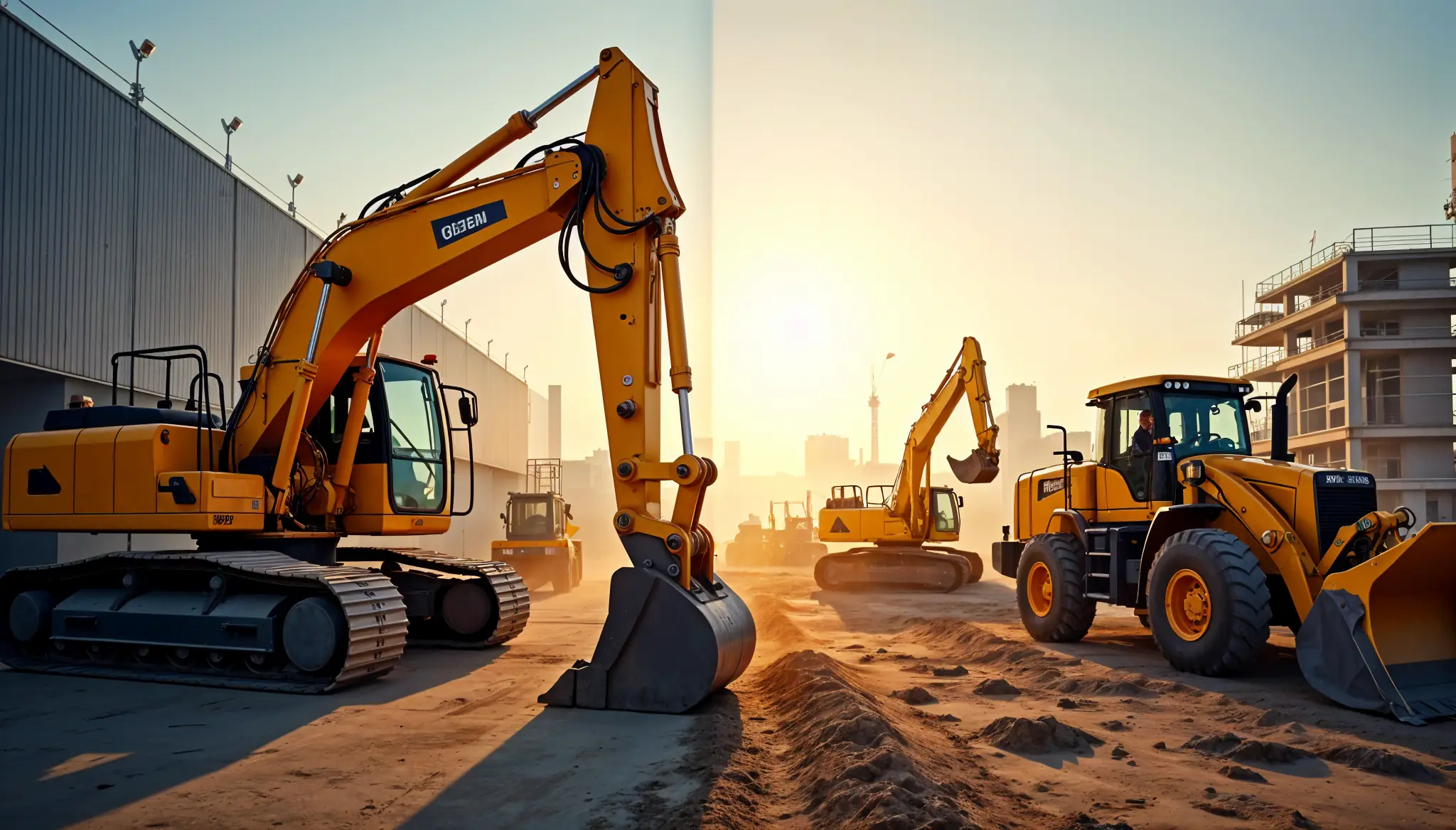
Rent vs Purchase Equipment: What Heavy Industry Experts Hide

How to Implement a Construction Inventory Management System for Equipment Efficiency
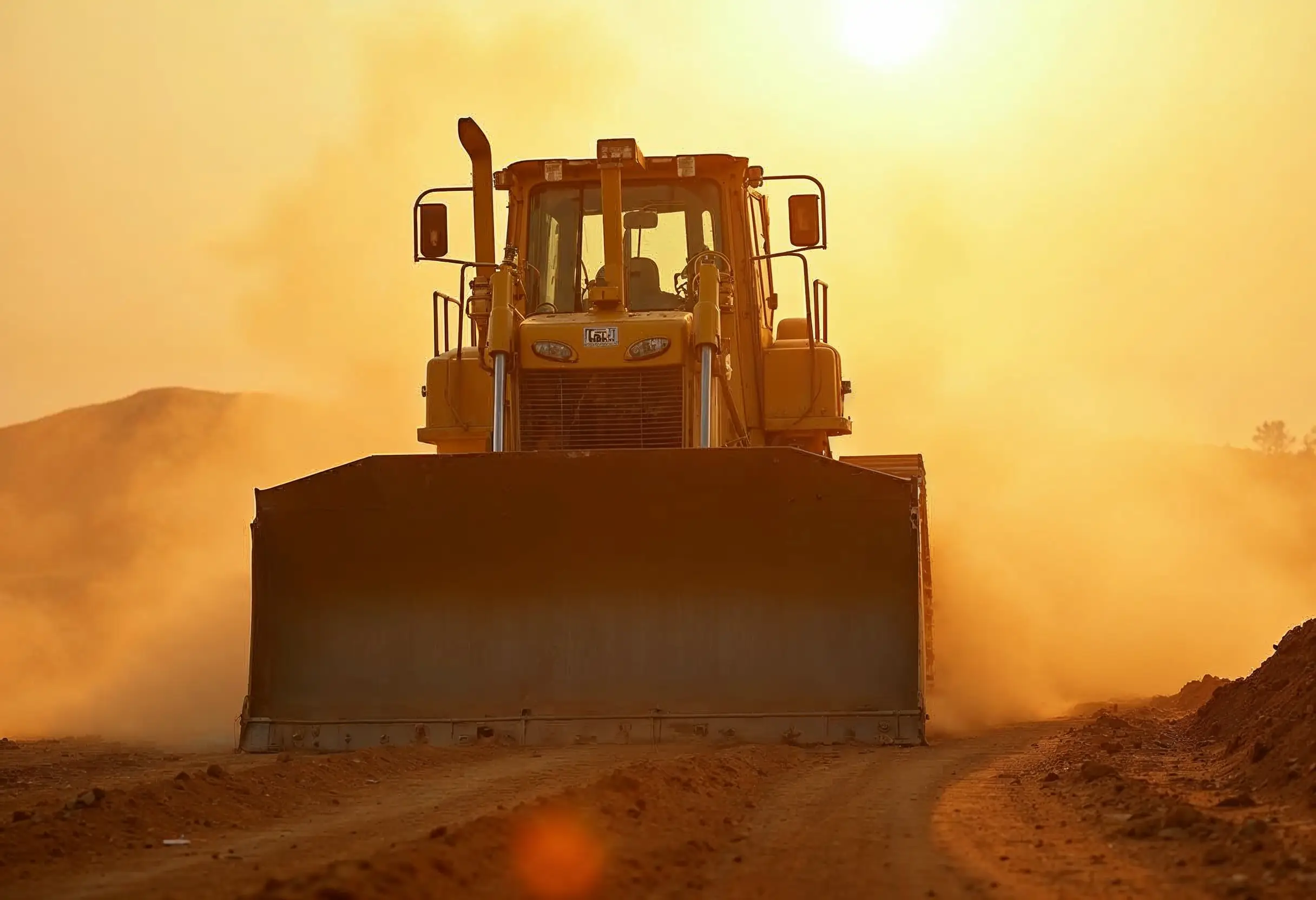
How to Extend Equipment Life Expectancy with Regular Maintenance

Advanced Heavy Equipment Diagnostic Tools: Ensuring Construction Machinery Quality
Essential Features Your Construction Equipment Inventory System Needs
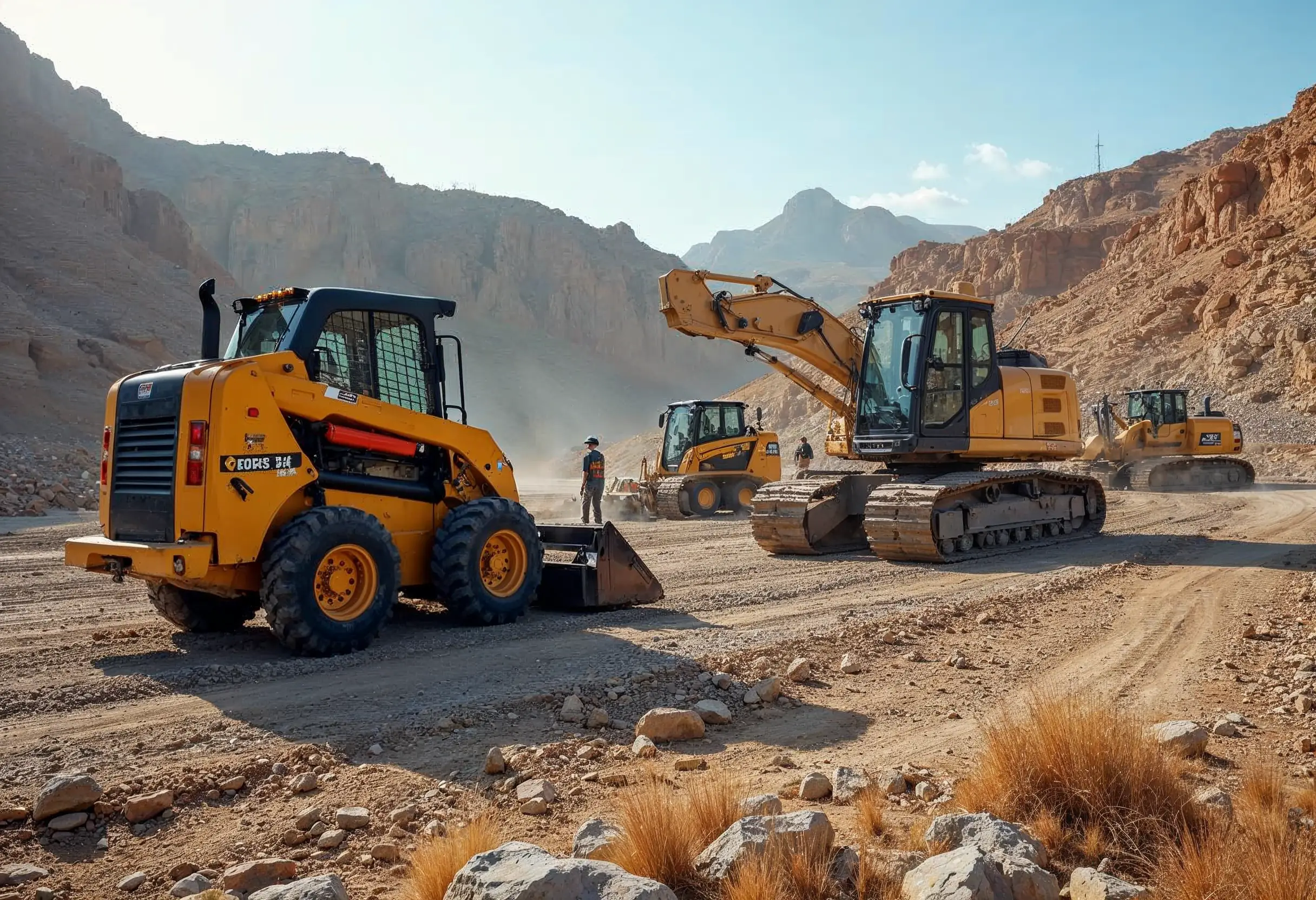
29 Quick Tips for Choosing Construction Equipment for Remote Locations

How to Select Construction Machinery with Optimal Equipment Maintenance in Mind

Top 25 Tips for Selecting Bulldozers for Construction Sites
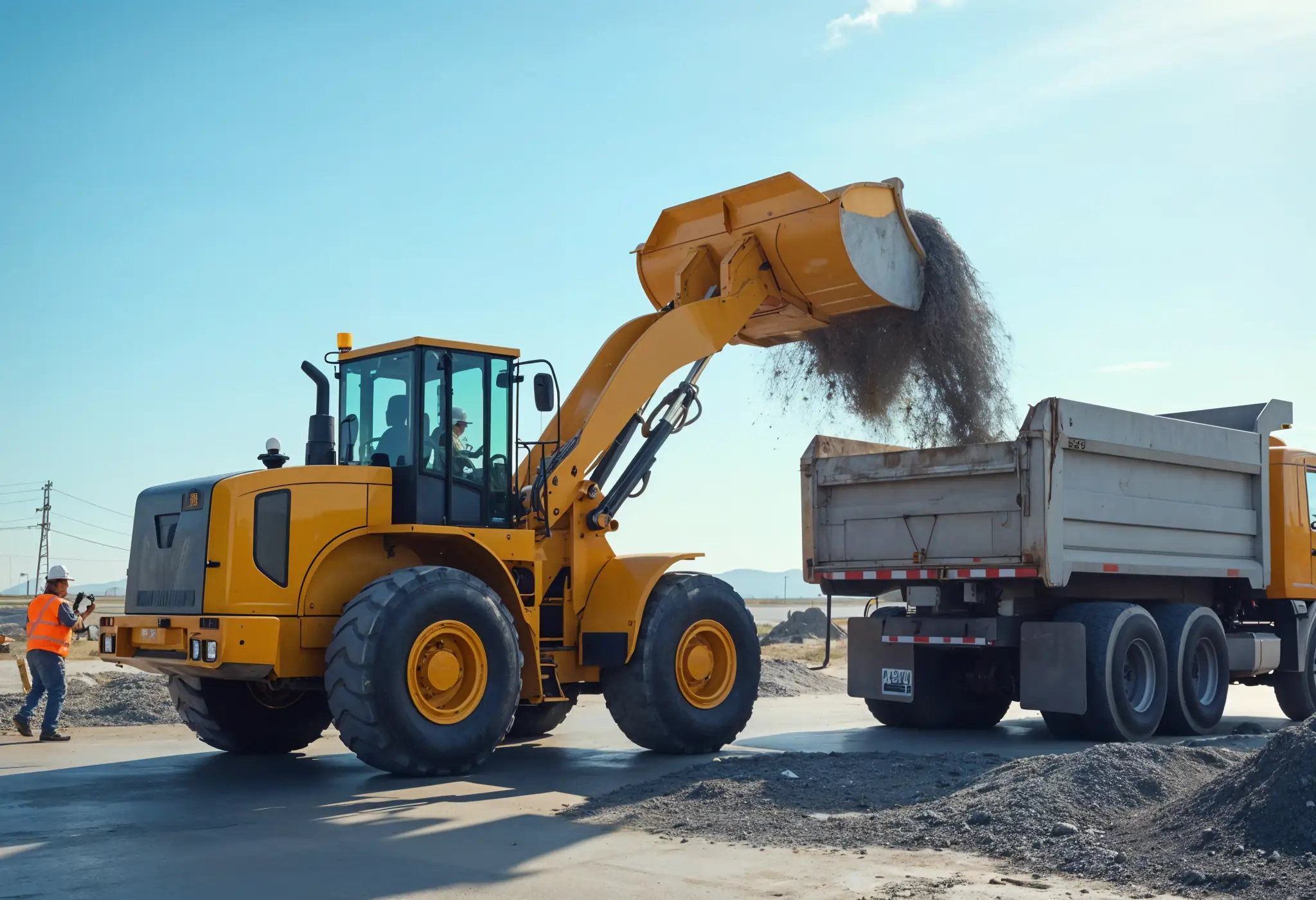
Which Construction Loader is Best for Your Project Needs?

4 Key Steps to Form a Construction Machinery QC Team

15 Essential Tips for Selecting the Perfect Crane for Construction

Maximize Savings: Multi-Purpose Construction Machinery for Lower Costs

Affordable Heavy Equipment Parts: A Sourcing Guide
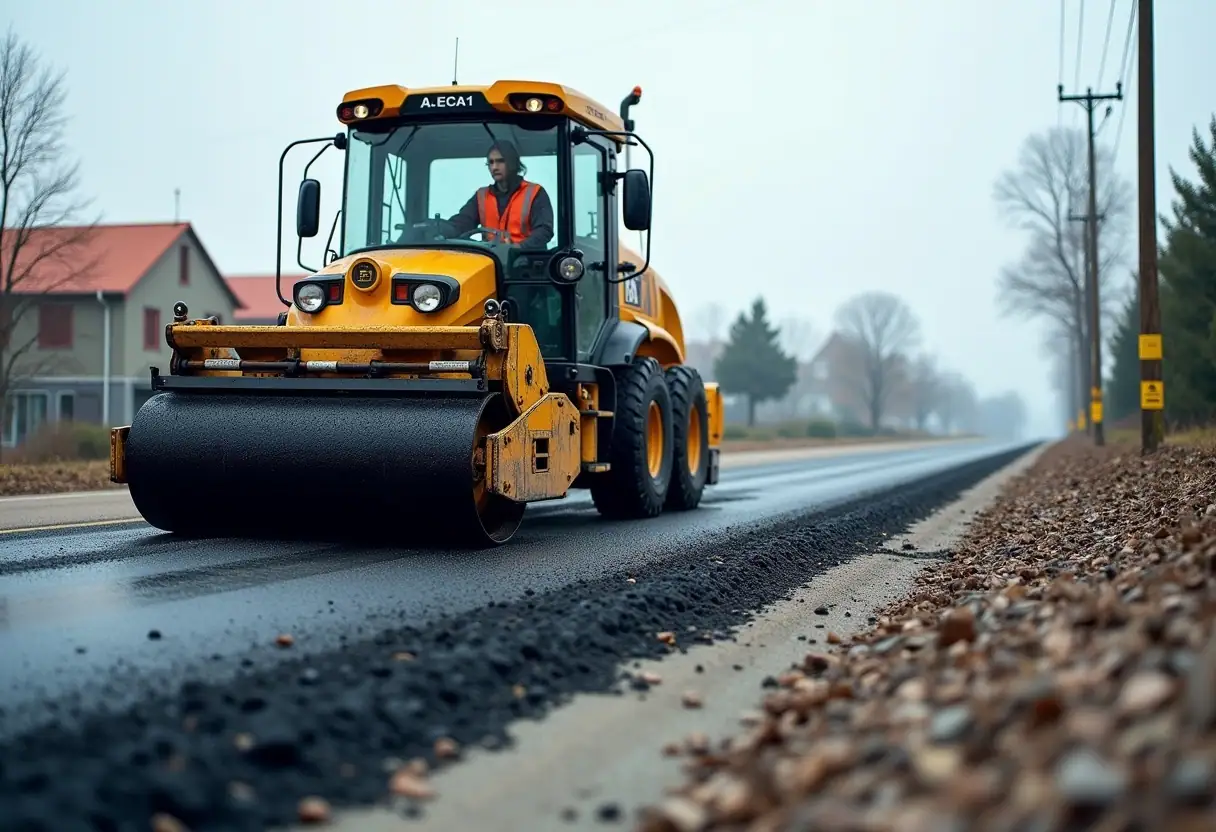
Choosing the Right Road Construction Equipment: A Complete Guide
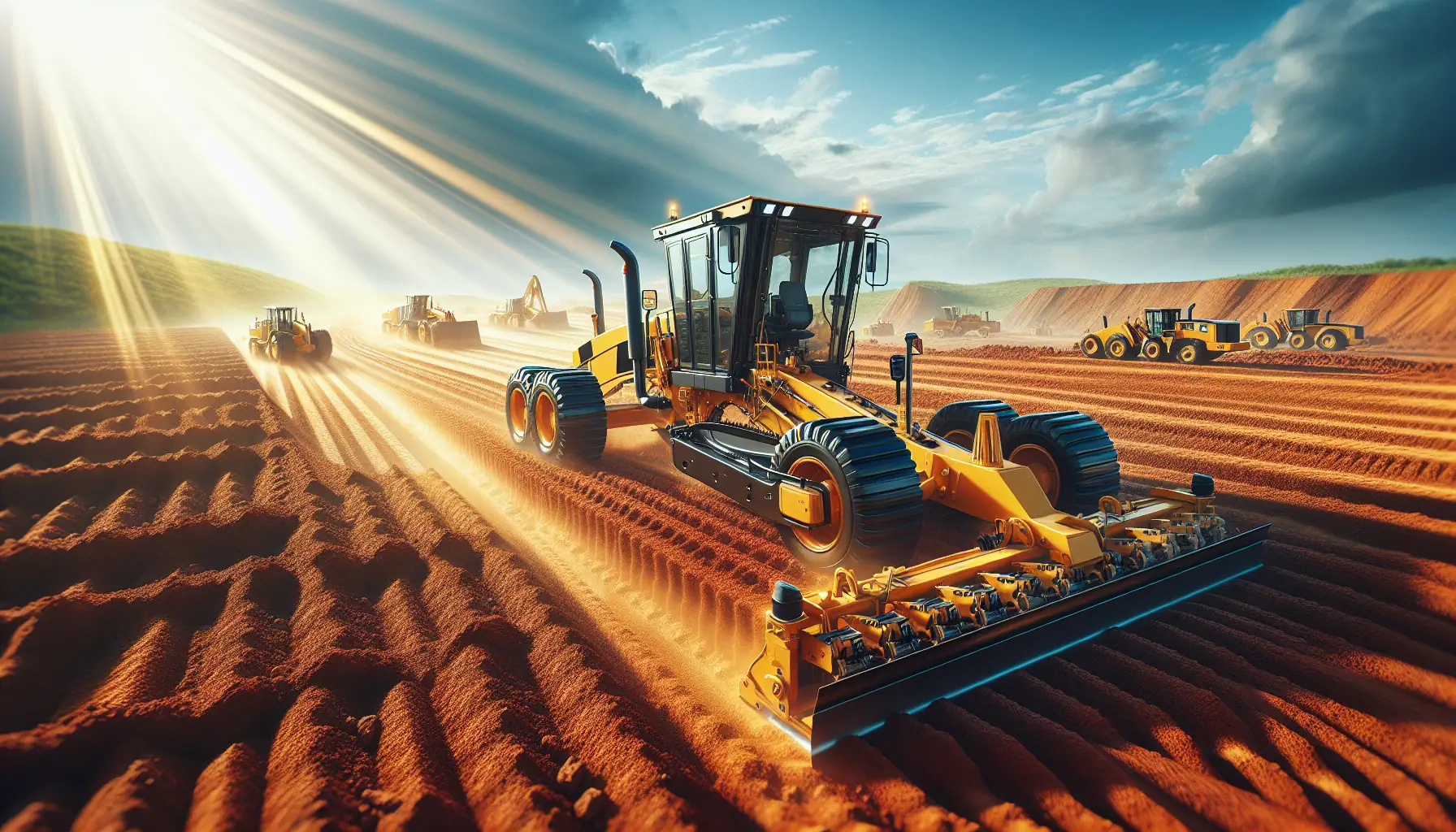
Motor Graders: Key Elements to Consider for Optimal Selection

A Detailed Guide to Choosing Excavators for Construction Work

Top Tips for Choosing Cranes for Construction Projects
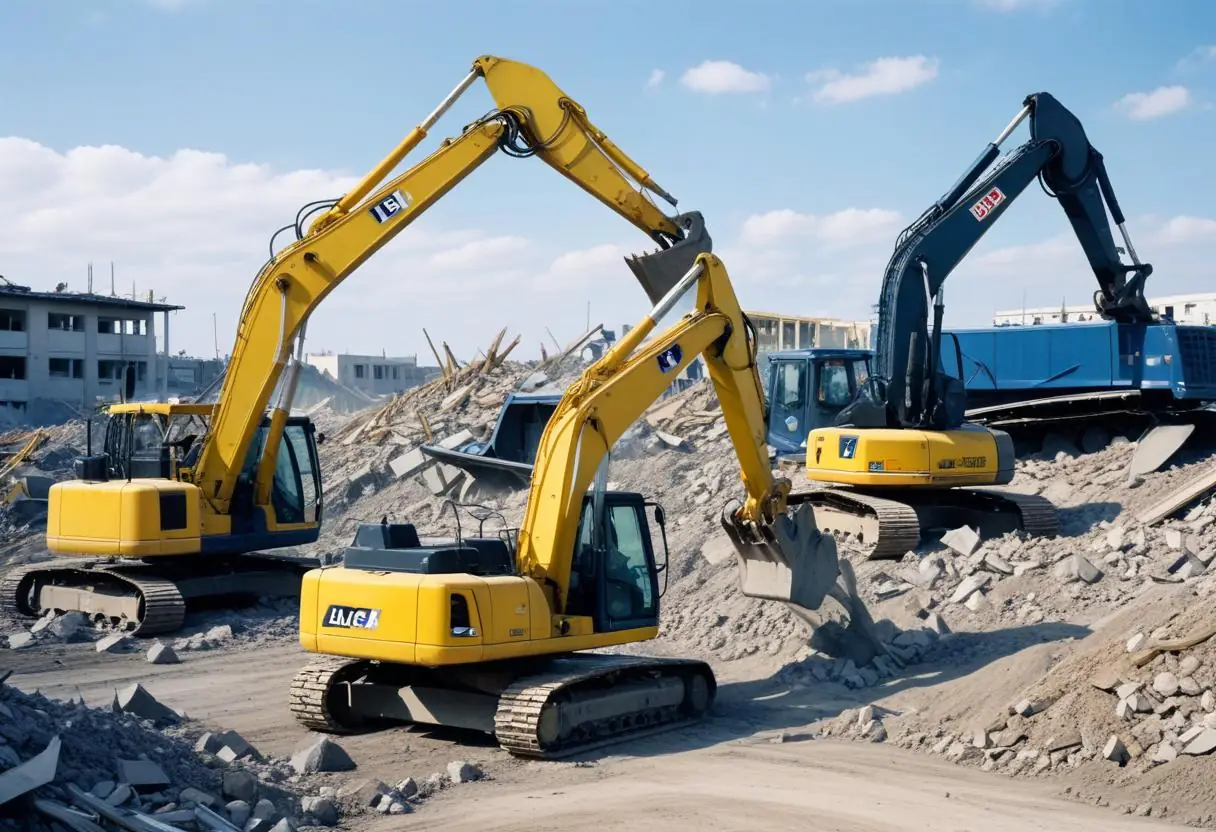
5 Top-Rated Demolition Machines for Construction Professionals

Expert Tips on Choosing Earthmoving Equipment for Large Projects
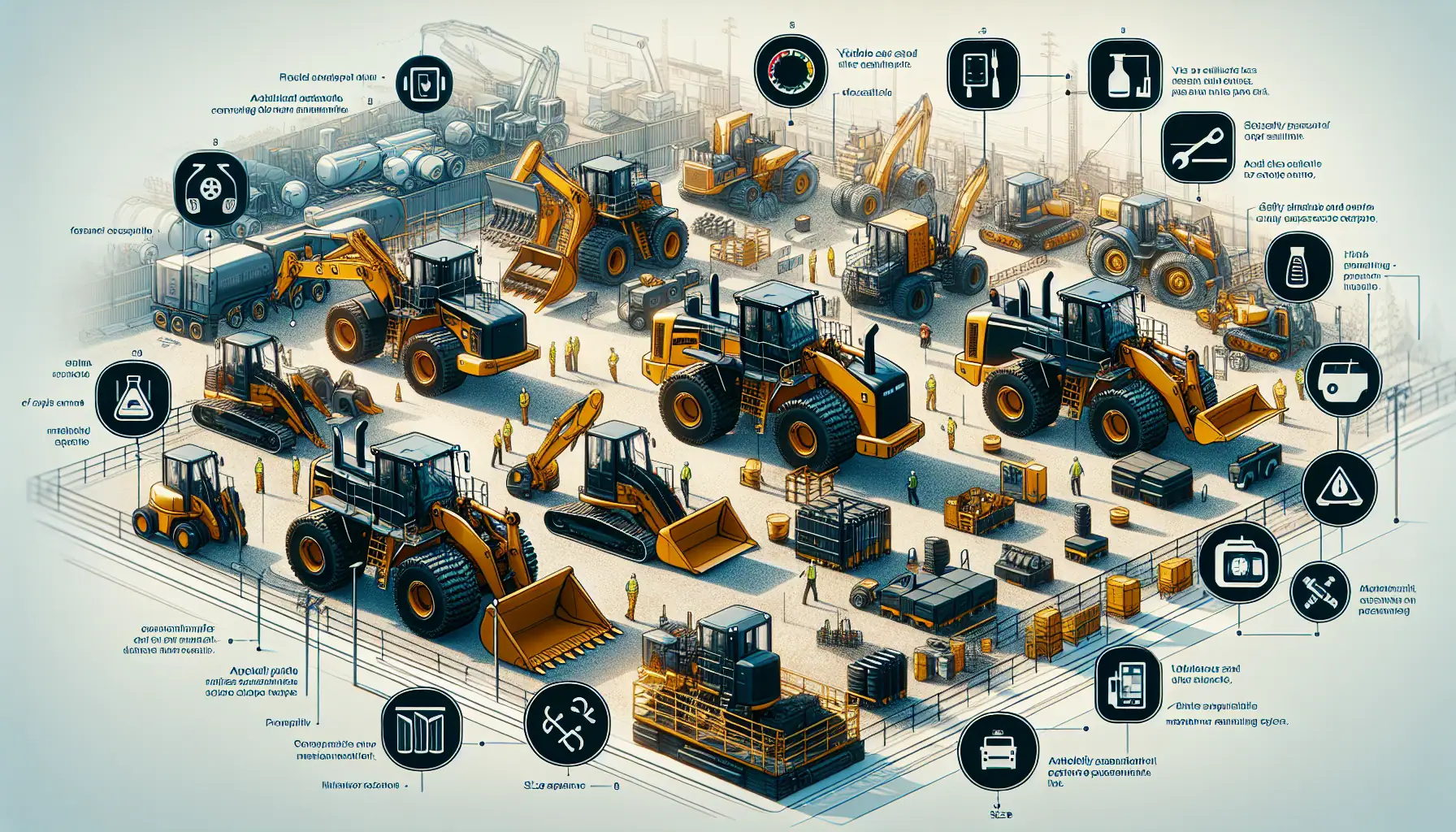
Top Functional Criteria for Selecting Heavy Construction Equipment

Construction Machinery: Detailed Guide to Equipment Specifications

Heavy Machinery Prices: Key Factors in Cost and Quality Balance
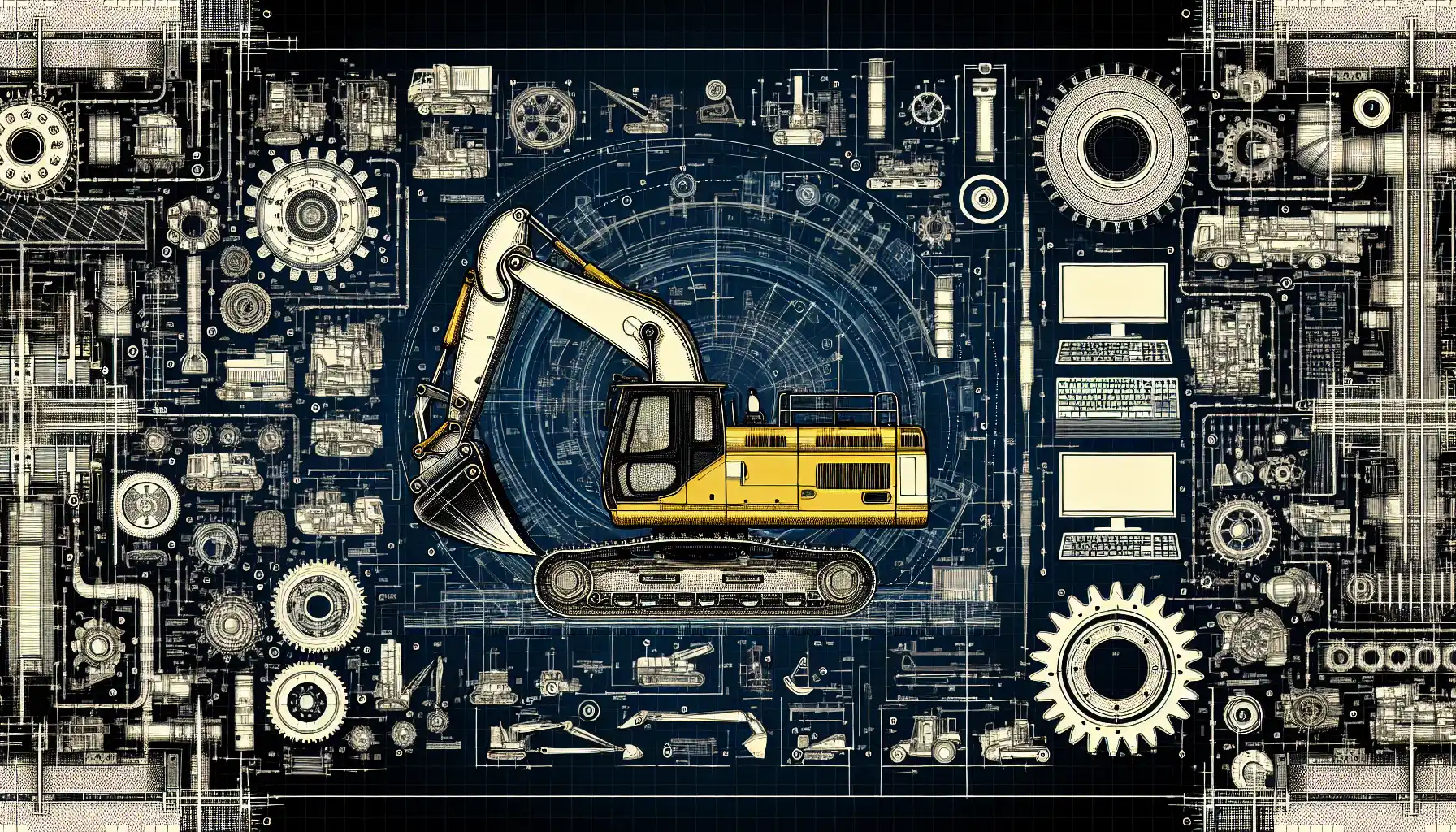
Best Construction Heavy Equipment Brands: Pros and Cons

Construction Site Equipment: How to Determine Your Requirements

Maximizing Safety: Risk Management for Construction Projects

Innovations in Construction: Transforming Machinery and Equipment

Heavy Equipment Safety: Beyond the Basics in Construction Compliance

The Essential Handbook for Construction Equipment Repair and Maintenance

How to Efficiently Source Oil and Gas Machinery Parts in NYC

Essential Guide to Sourcing Agriculture Equipment Parts

How to Source Mining Machinery Parts: Tips and Strategies
